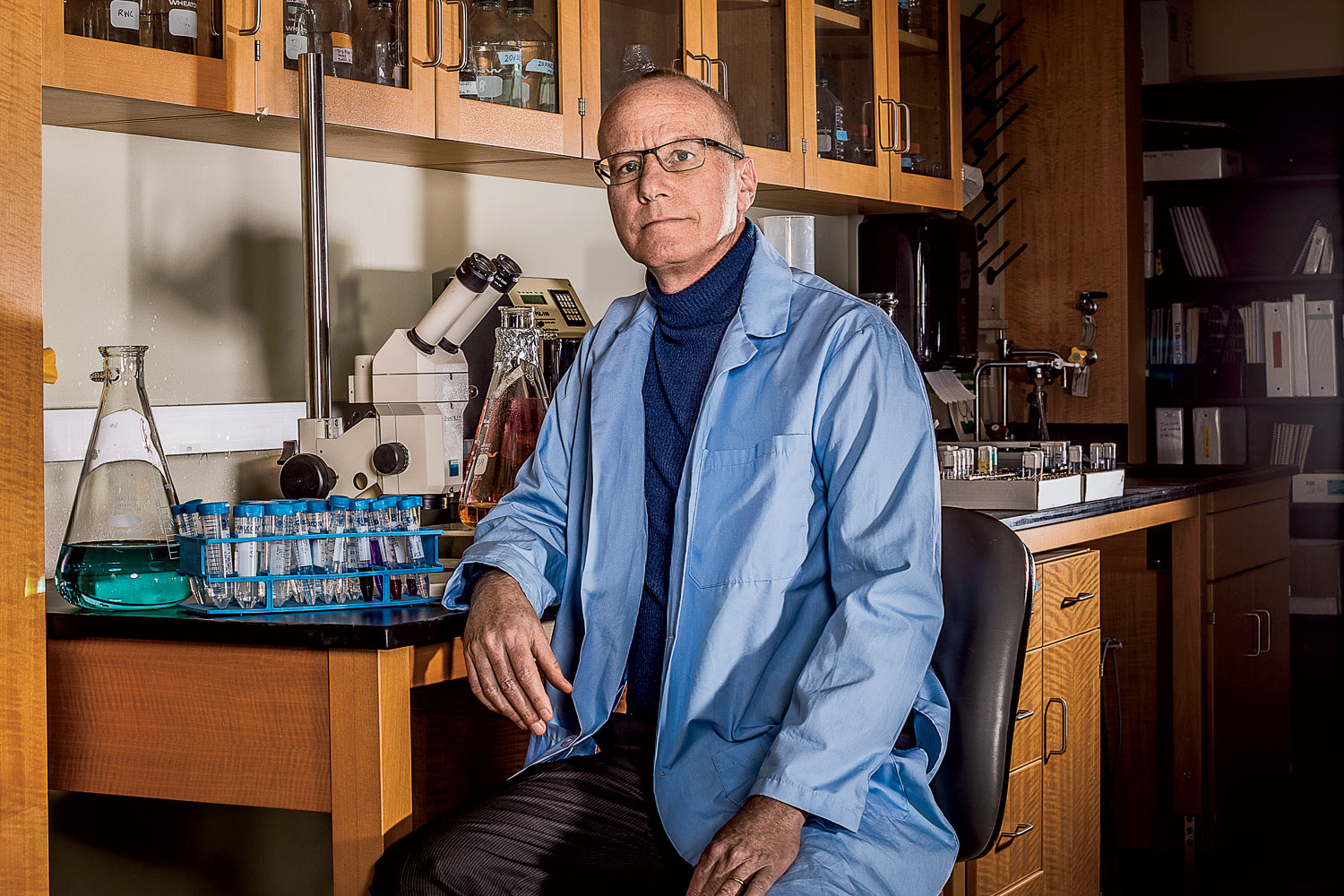Your recent research on fruit flies focused on the moment when cells switch states. What does that mean?
It’s when a developing cell stops dividing and starts specializing—when it becomes, for example, a liver or brain cell. What makes that possible? What’s going on inside the cell? That’s what we wanted to find out.
What did you discover that relates to cancer?
During this transition, the cell fluctuates uncontrollably. It’s like if a person wants to go from one valley to another, he’ll have to go over a ridge. [With cancer], we think the cell climbs up the ridge but stays there—in this very unstable, out-of-control state. In this zone, it doesn’t behave normally.
Why do certain cells stay in this in-between state?
[We found that] normally, a signal mediated by a cell receptor called EGFR pushes the cell toward a stable place. Why that doesn’t happen here is a mystery future research will help resolve.
How does this knowledge aid the search for a cure?
By understanding what goes wrong, we can look for the Achilles’ heel in the cancer cell. We can start thinking about ways to bring those cells back into balance.
What’s next for your team?
We plan to ask if the phenomenon is seen with other oncogenes [genes that can cause cancer; this study looked at those linked to breast cancer and leukemia]. We are also going to figure out the signal [that moves a cell from one state to another], since controlling it might be a new treatment.
Why study fruit flies?
Humans share 80 percent of our genome with them. For technical reasons, it’s much easier to set up rigorous controls using fruit flies, so the pace of discovery is faster. The researchers who follow behind us then ask, Is that true also for humans? Very often, it is.



